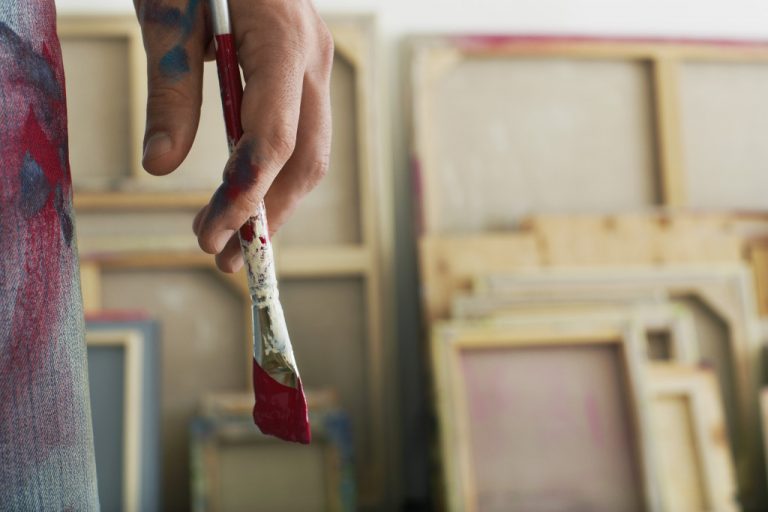The limits of an artist’s ability to express his or her creativity are only dictated by the materials available to them. But with each passing year, the versatility and ingenuity of implements and materials in the arts continue to expand.
Long ago, artists had to hunt down exotic ingredients such as rare saffron, poisonous cinnabar, and toxic white lead to create their pigments. Today, traditional painters can order an astounding variety of paints online. Meanwhile, digital artists can emulate these delicate shades through software.
But the interplay of art and technology don’t stop there. Here are three emerging technologies and how creative minds are using them to enhance their work.
VR and Art
One of the fastest-growing digital technology is virtual reality and its related field, augmented reality. In these completely digital landscapes, artists have absolute control over their subject or their projects. Virtual reality developers have been expertly using the technology to create immersive marketing for business, but it can be used for other endeavors.
In a recent piece about the utility of virtual reality for artists, you can see just how game-changing this technology is. Painters can render fully 3D pieces in the digital landscapes, sculptors can create mockups of their future projects, and other artists can practice creating their pieces with ease.
Virtual reality technology is also innovative for appreciators of the fine arts. VR devices have made it possible for you to enjoy the masterpieces on display in various institutions around the world. As many as a dozen of the most celebrated museums in the world are accessible via VR. With the requisite technology, you can take a tour of the Louvre and bask in the front of the Mona Lisa without even leaving your couch.

3D Sculpting
Computer technology and digital landscapes are also a boon for sculptors. Before these advancements, sculptors had to drag enormous blocks of stone into workshops and hammer away at them. Or they would work with clay and other malleable substances for weeks before achieving their desired outcome.
Today, 3D sculpting software allows artists to explore working with a variety of textures without having to bring them physically. With the help of these programs, a sculptor can recreate the softness of cotton or the delicate tracery of dried leaves.
Even producing these masterpieces physically is easier than ever with 3D printers. These machines can reproduce pieces in resin or polymer quickly. For larger pieces, the artist can print out different segments and assemble them when completed.
Hologram Performances
Digital technology has even broadened the horizons for the performing arts. Unlike paintings and sculptures, these are ephemeral and even videos cannot completely capture the power of the artist in the throes of their performance. This is starting to change thanks to holograms
Once a thing of science fiction movies, holograms are now being used to recreate performances by artists who have passed away. During a concert in 2019, a hologram was used to project performance by celebrated opera singer Maria Callas, who died in 1977. ; In 2012, hologram technology was used to recreate deceased rapper Tupac Shakur on stage.
Whether you believe this technology is morbid or revolutionary, there’s no doubt that holograms have and will continue to change the performing arts.
Innovation and the arts often go hand in hand. As technology continues to march onward, you can expect that artists will also continue to push the boundaries of their art.













